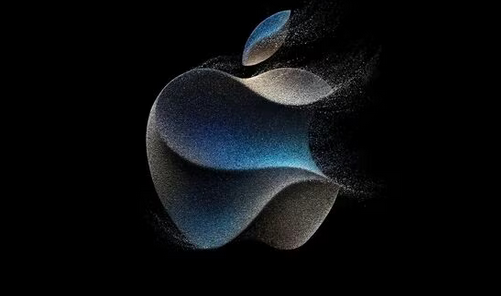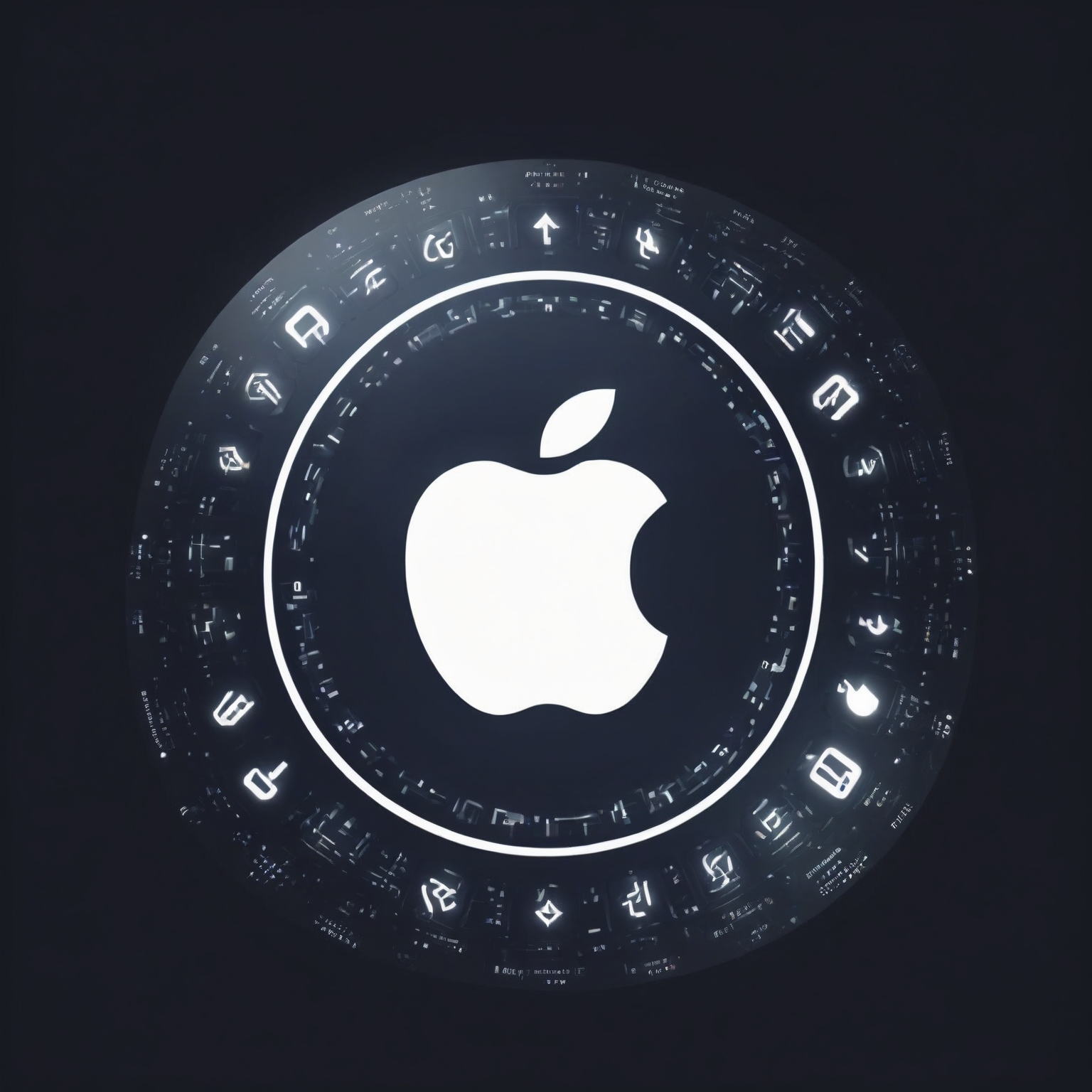Apple stock slumps 3.70% to $214.59 on Monday following concerns over underwhelming demand for the recently launched iPhone 16. While the tech giant has long relied on its iPhone sales to fuel growth, reports suggest that early interest in the new iteration has fallen short of expectations, raising questions about the device’s ability to reverse declining global smartphone demand. Several analysts, including those from Citigroup and Jefferies, have raised red flags over Apple’s latest release, signaling that consumer interest may not be as robust as hoped.
Apple’s iPhone 16: A High-Stakes Bet on AI
The iPhone 16, which Apple unveiled last week, has been touted as a leap forward in smartphone technology, with artificial intelligence (AI) features at the forefront of its design. Apple hopes that these advancements, combined with sleek hardware improvements, will reignite consumer interest and set it apart from its competitors.
The new iPhone 16 models, set to hit general markets later this week, range in price from $799 for the basic model to $1,199 for the high-end iPhone 16 Pro Max. Among the features Apple is banking on to drive sales is the integration of Apple Intelligence, an AI-powered suite of tools that promises to enhance user experience across multiple aspects, from photography to productivity.
However, the rollout of these AI features won’t be immediate. They will be gradually introduced over the coming weeks, with iOS 18, the operating system that powers the iPhone 16, becoming available for download starting today. This delay may be contributing to slower-than-expected early demand, as consumers may be waiting for all the promised features to become available before making a purchase.
Soft Early Demand Signals Concerns
Analysts at Citigroup have pointed out that early demand for the iPhone 16 seems to be lagging behind that of last year’s iPhone 15 launch. In a note published on Monday, Citigroup highlighted shorter delivery times for the new model as compared to its predecessor, suggesting that supply has not been strained by an influx of pre-orders.
“Notably, compared to the first day of iPhone 15 pre-orders, delivery times for the iPhone 16 are, on average, a week shorter,” Citi analysts wrote. “Delivery times are longest for the Pro Max models, followed by the Pro, and consumers are opting for larger storage options, with 256GB and 512GB models showing longer lead times.”
The analysis further indicated a trend toward “premiumization,” where consumers gravitate toward the more expensive, feature-rich versions of the iPhone 16. While this shift is generally favorable for Apple’s profit margins, it doesn’t negate the broader issue of a slowdown in overall demand.
Global Challenges and Market Saturation
One of the key challenges facing Apple’s iPhone 16 launch is competition from Chinese smartphone manufacturers, which continue to dominate their home market. Apple’s position in China has become more precarious, with domestic rivals offering high-quality smartphones at more competitive price points. Additionally, intensifying regulatory pressure from the Chinese government poses further obstacles for the company’s growth in one of its largest markets.
Another issue affecting iPhone 16 demand is the broader phenomenon of “upgrade fatigue.” After years of incremental improvements, consumers may be feeling less inclined to upgrade their devices, especially given the economic uncertainty in key global markets. Inflation and tightening consumer budgets have made high-end tech purchases a luxury many are postponing.
This trend is particularly pronounced in the U.S., where analysts from Jefferies noted that several iPhone 16 models have been available for immediate store pickup—a sign that demand may be falling short of expectations.
Sales Numbers Disappointing, Down from Last Year
One of the most concerning pieces of data comes from Taiwan-based Apple analyst Ming-Chi Kuo, who estimated that Apple sold 37 million units of the iPhone 16 during its opening weekend. While this is an impressive number by most standards, it marks a significant 12.7% decline compared to the iPhone 15’s launch last year.
Kuo’s report echoed concerns from Citigroup and Jefferies, adding weight to the idea that Apple’s latest iPhone launch may not be the blockbuster event the company was hoping for. The 12.7% drop is particularly troubling as it comes at a time when Apple is under pressure to show growth in its core product lineup. The iPhone accounts for nearly half of Apple’s annual revenue, making its success critical to the company’s overall financial health.
Apple’s Broader Strategy: AI and Premiumization
Despite the soft early demand, Apple is positioning the iPhone 16 as a key component of its long-term strategy, particularly in the realm of AI. With its massive user base of 1.4 billion active devices, Apple is seen as the best-placed tech company to bring AI to the consumer market on a large scale. The integration of AI features into its flagship smartphone is a clear signal that Apple is looking to the future, even as it faces short-term challenges.
Moreover, the trend toward premium models could ultimately play to Apple’s advantage. By encouraging consumers to opt for higher-end devices, Apple can increase its average revenue per user, compensating for a potential decline in unit sales. This “premiumization” strategy is one that Apple has successfully employed in the past, and it could help cushion the blow of weaker overall demand.
What’s Next for Apple?
Apple’s stock has already begun to feel the pressure from these reports, with shares moving lower in early trading on Monday. While it’s too early to declare the iPhone 16 a flop, the early indicators are not as positive as the company might have hoped.
The success of the iPhone 16 is crucial not only for Apple’s smartphone division but also for its broader ambitions in AI. If Apple can successfully integrate advanced AI features into its ecosystem, it could lead the way in consumer-facing AI technology and create a new wave of demand for its products.
However, the company faces significant headwinds, from intensifying competition in China to a more frugal consumer base in the U.S. The coming weeks will be crucial in determining whether the iPhone 16 can gain traction and reverse the recent decline in Apple’s global smartphone sales.
The launch of the iPhone 16 has been met with a mixed reception, with early reports indicating softer demand compared to previous models. While Apple remains a dominant player in the global tech market, challenges such as increased competition and upgrade fatigue are putting pressure on the company to deliver a hit. The success of the iPhone 16—and Apple’s broader AI strategy—will be critical to the company’s future growth.
In the coming months, it will be interesting to see how consumer interest in the new iPhone develops, especially as more of the AI-enhanced features are rolled out. For now, investors are keeping a close eye on Apple’s stock, as the company navigates through a period of uncertainty.



